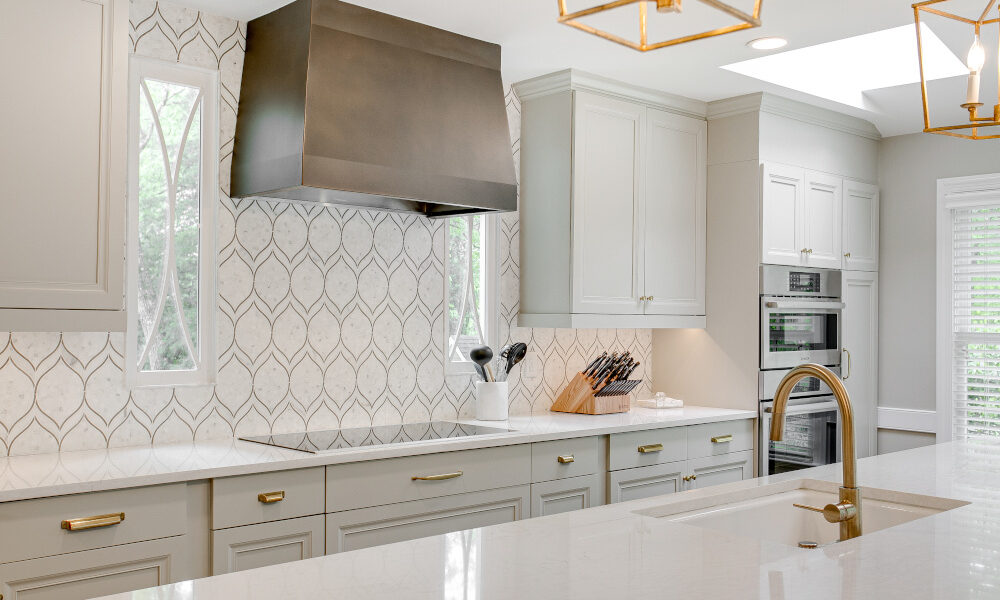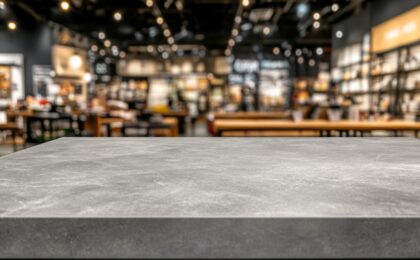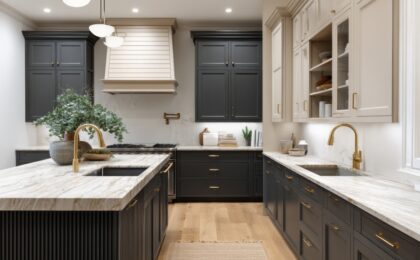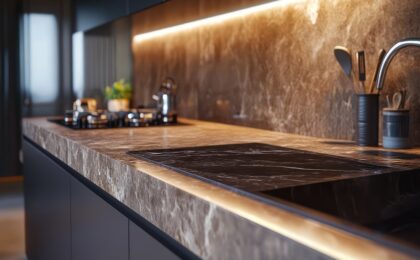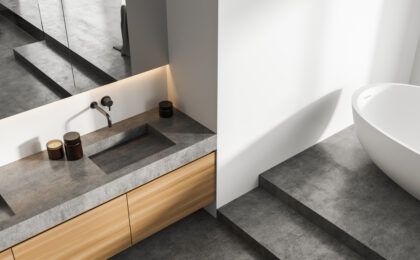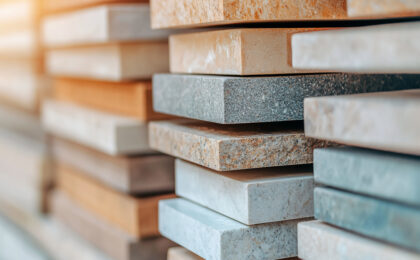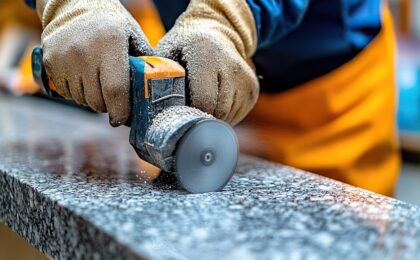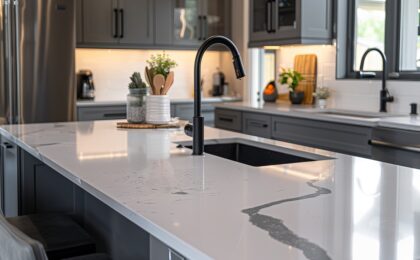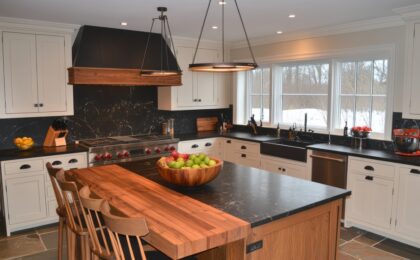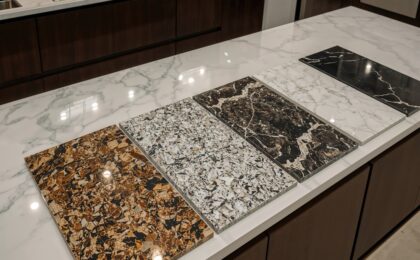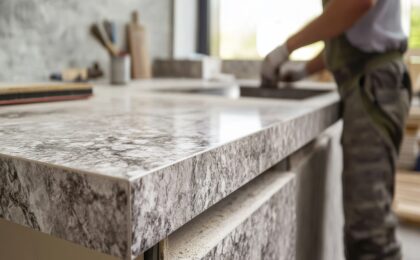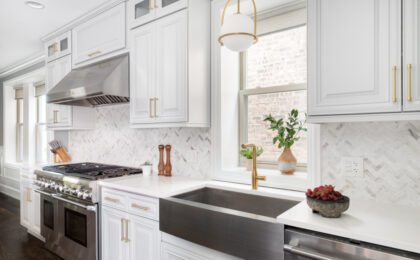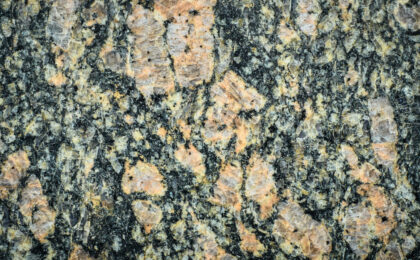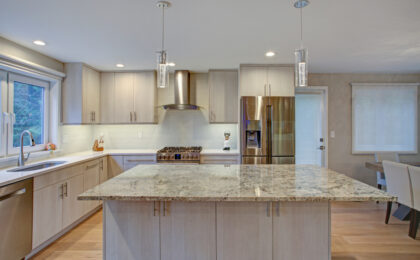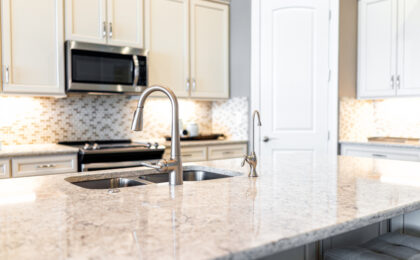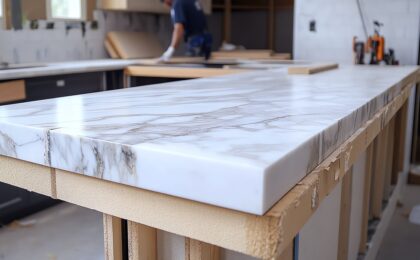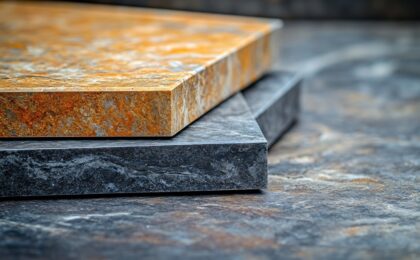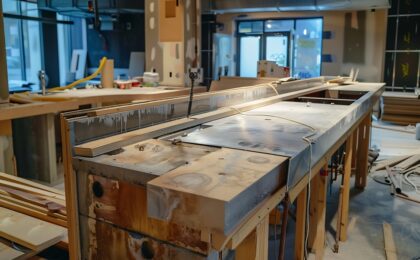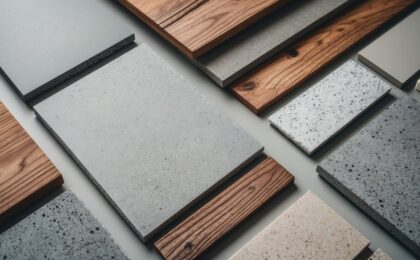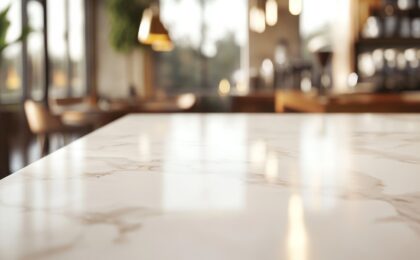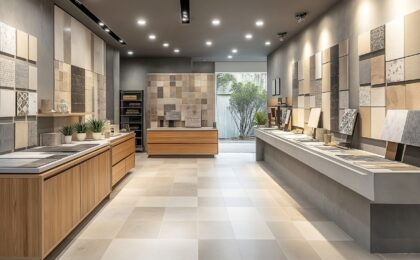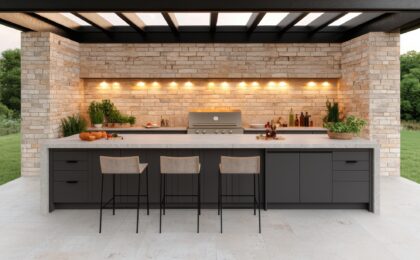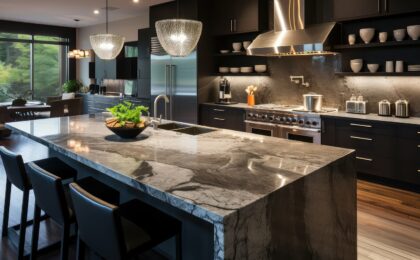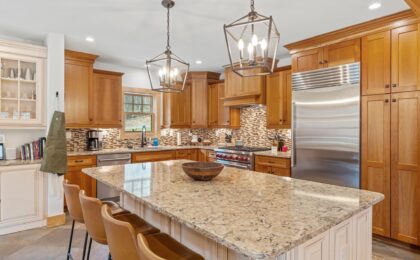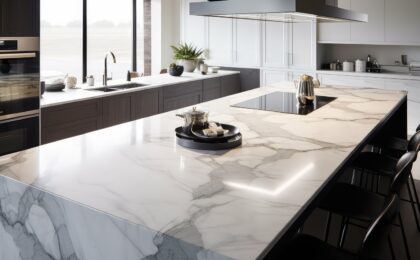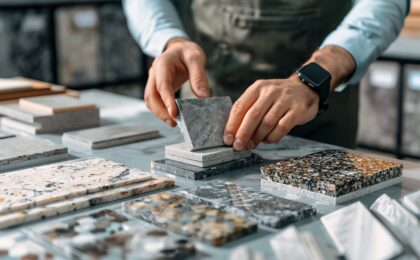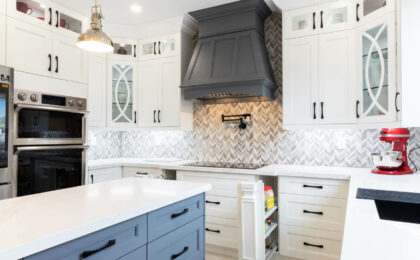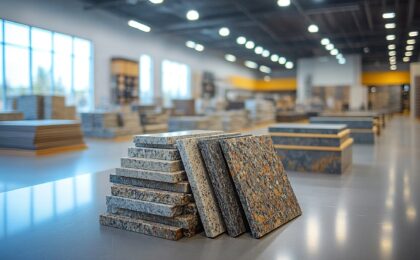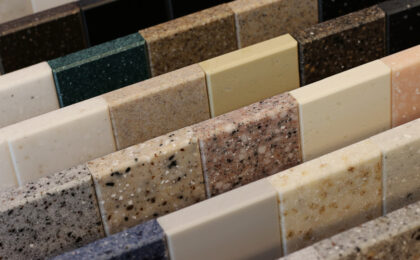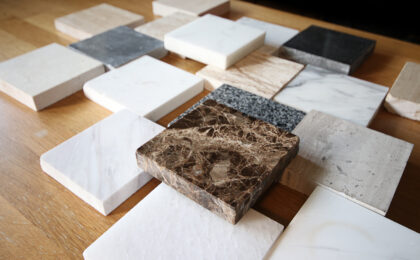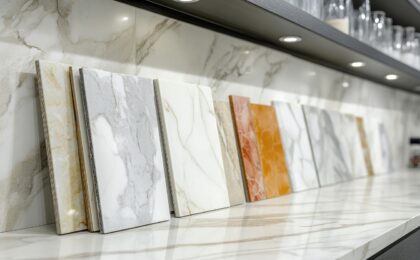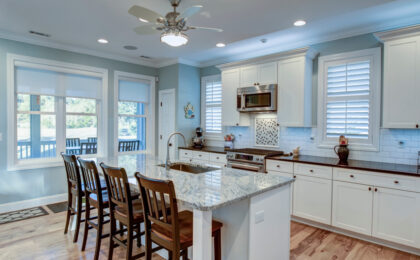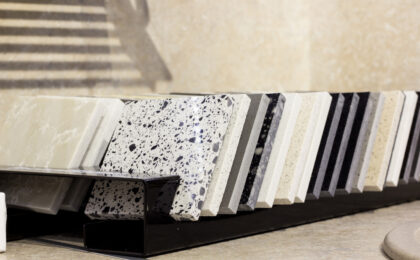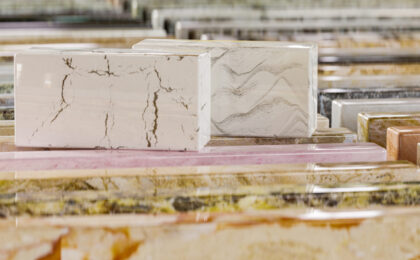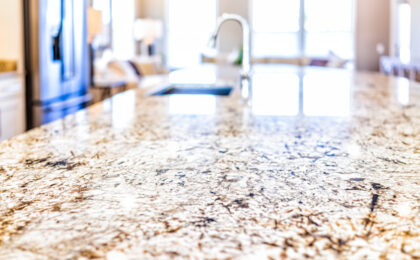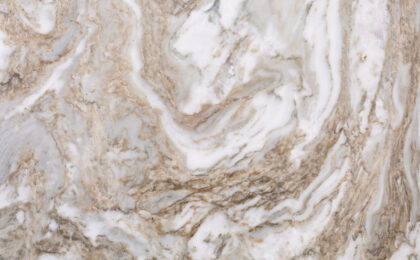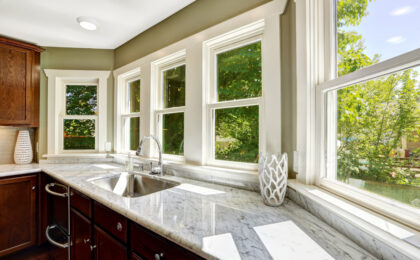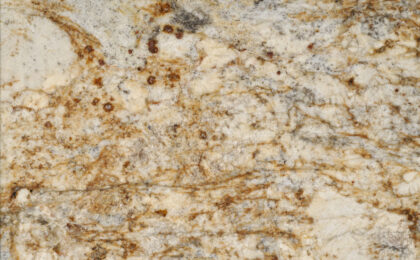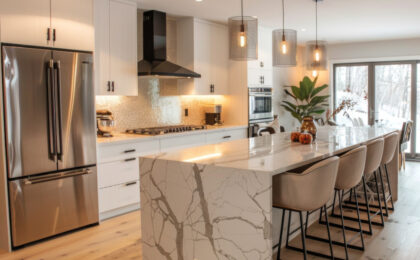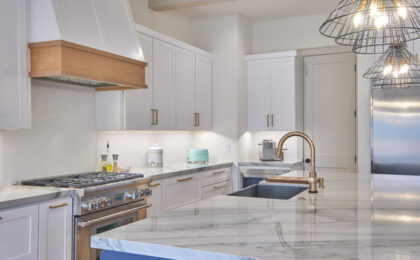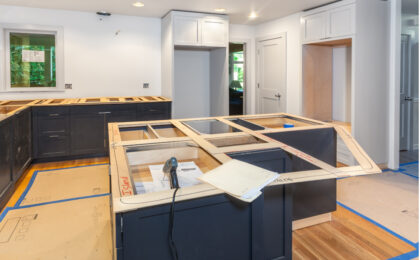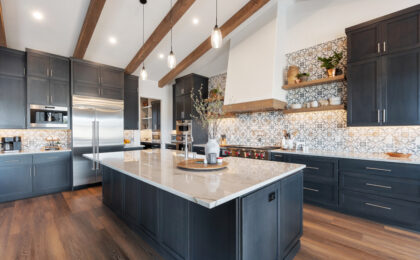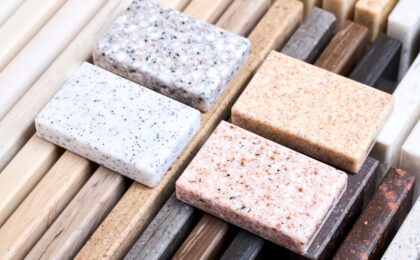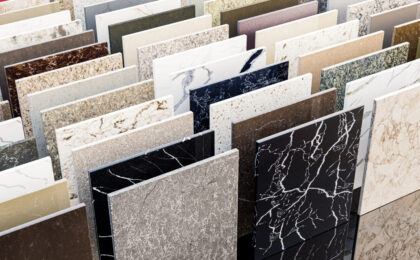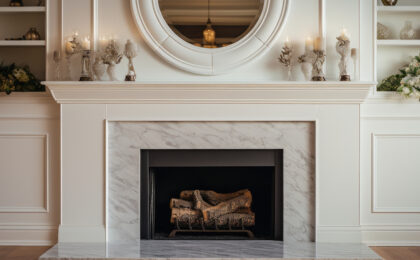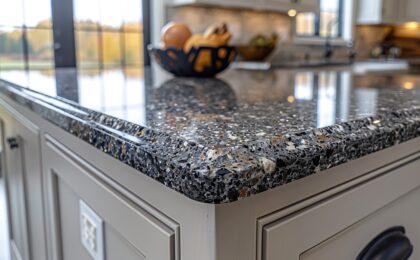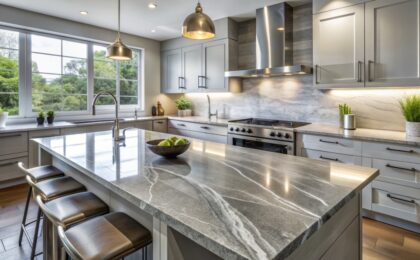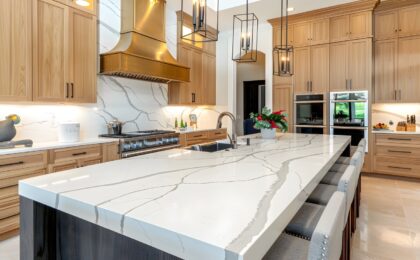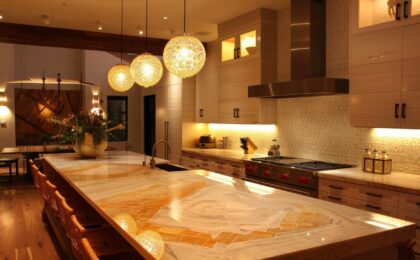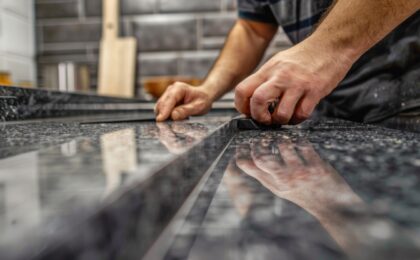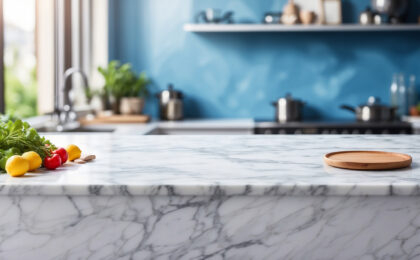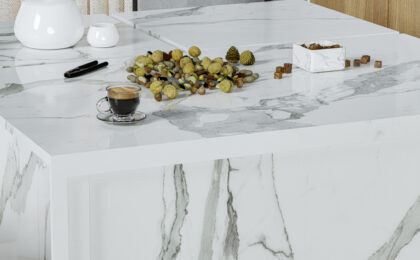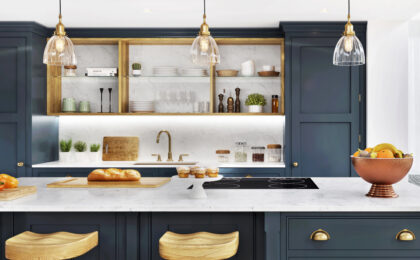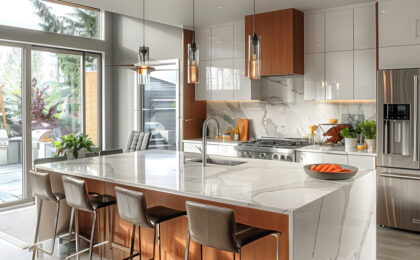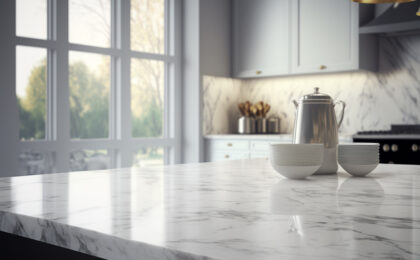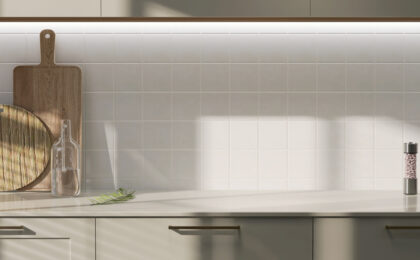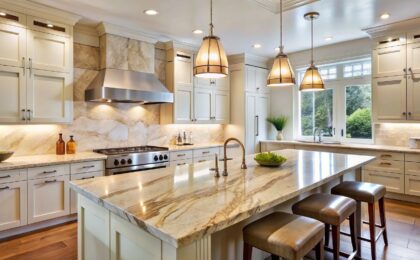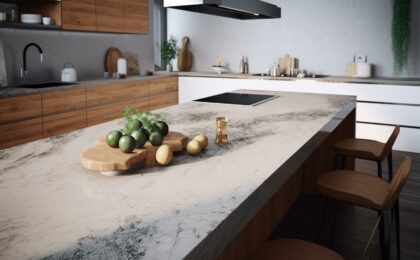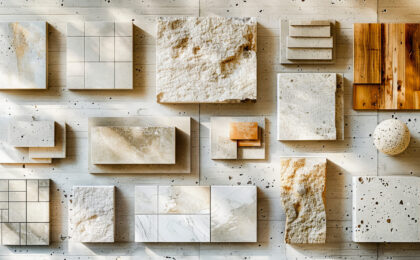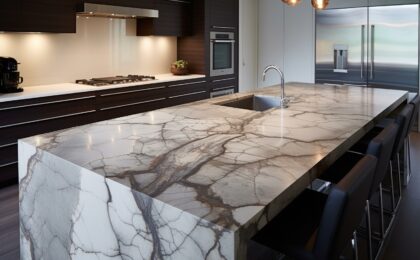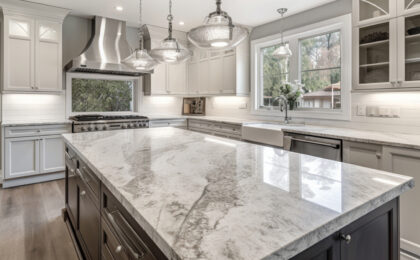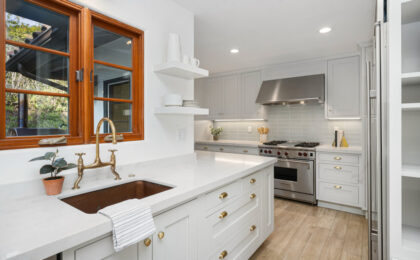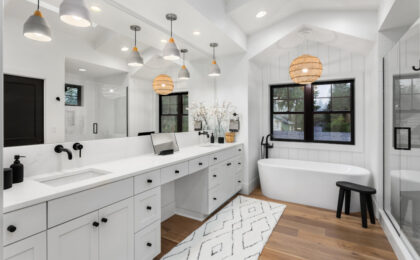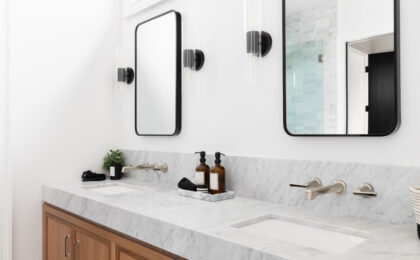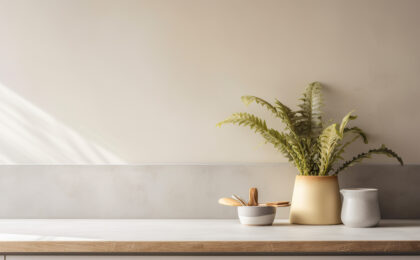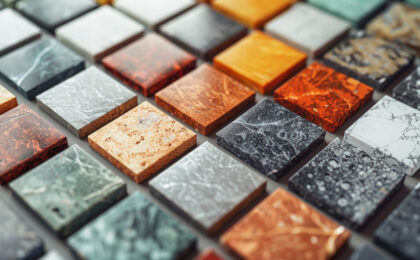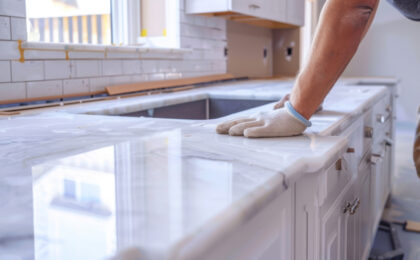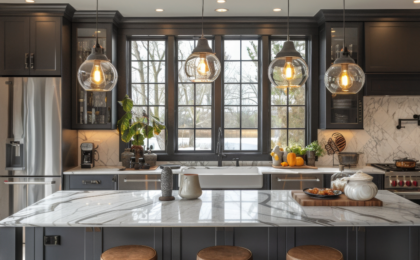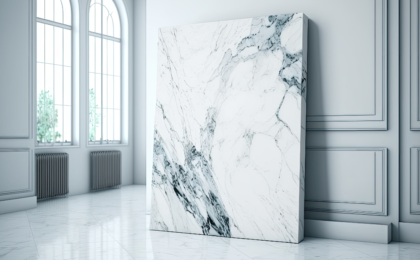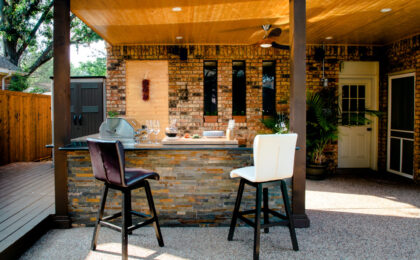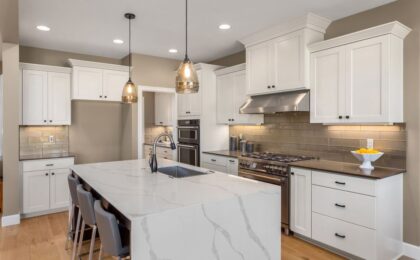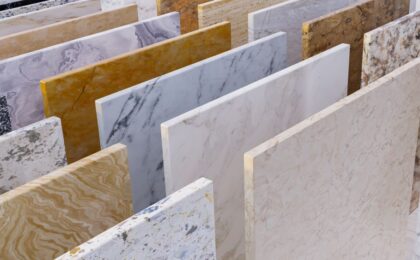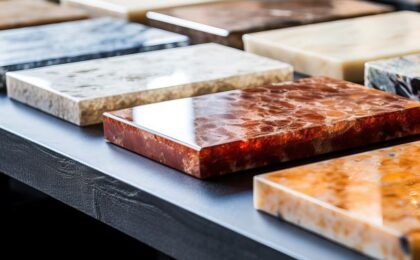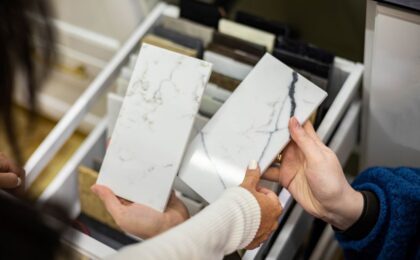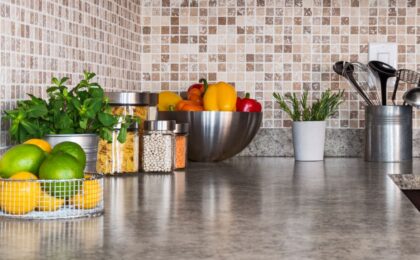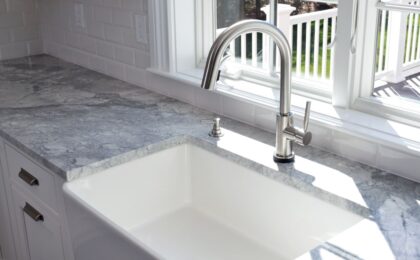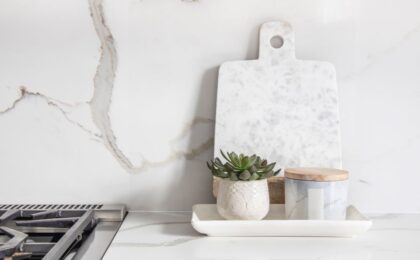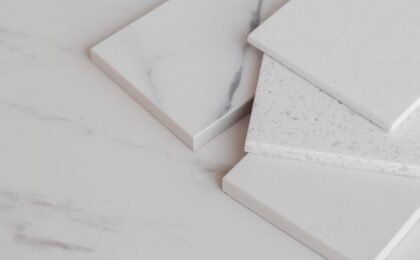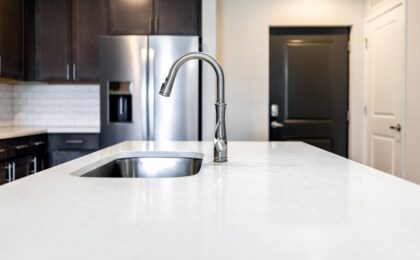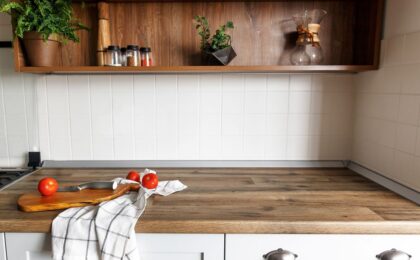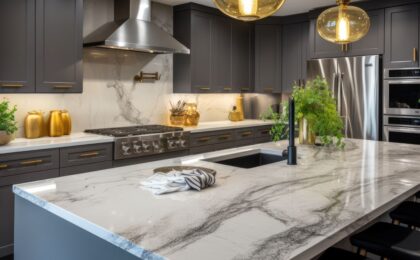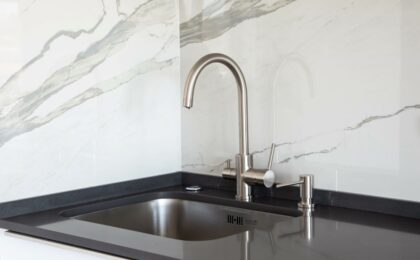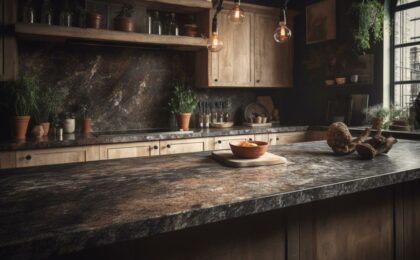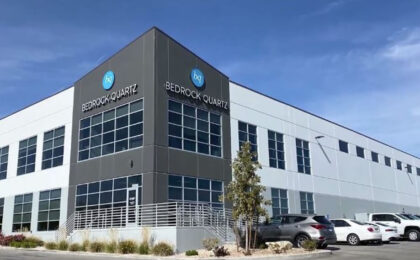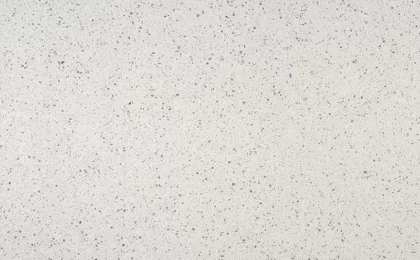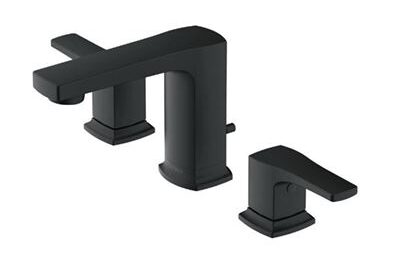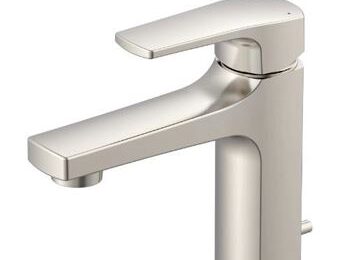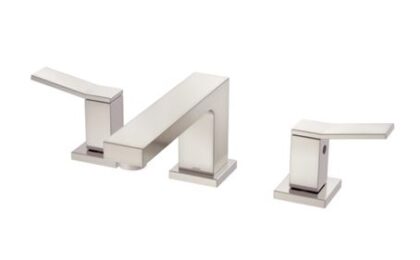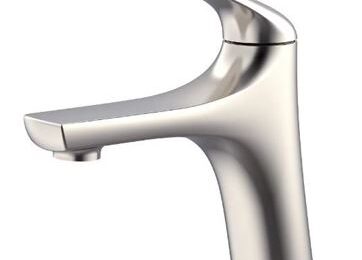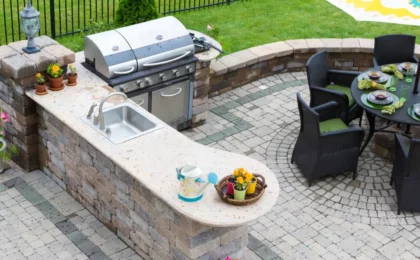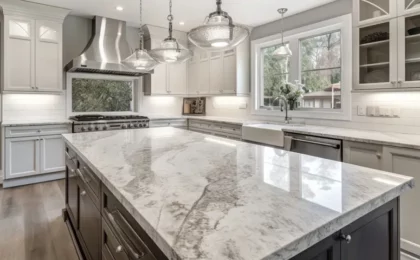Stone countertops are a big hit with Utah homeowners due to stone’s durability and aesthetic beauty. In many ways, even an unprocessed slab of quartz, granite, or quartzite offers advantages you just don’t get from wood and concrete. But quality is still a concern among homeowners, and rightly so.
A lot goes into ensuring the quality of a natural stone countertop. In fact, a lot more goes on behind the scenes than most homeowners realize. Knowing what goes into quality control could certainly make a homeowner more appreciative of what she has.
Every Slab Is Inspected
Stone countertops are cut from slabs. The slabs were cut from large blocks of stone quarried at some of the most famous quarries in the world. Here is the most important thing for you to know: every slab must be inspected by an expert before being released for fabrication.
Expert inspectors look at:
- Pattern uniformity and color consistency.
- Any visible defects (cracks, fissures, and chips).
- Surface finish and polish.
Some defects can be addressed, allowing a slab to be released for fabrication. Slabs that do not pass may be cut into smaller pieces, with good sections being set aside for smaller projects, like islands and bathroom vanities.
Slab Dimensions Are Checked
Hand-in-hand with the visual inspection is a check of the slab’s dimensions. First and foremost, a slab’s thickness must be consistent throughout. Tolerances are very low, usually from 0.1-0.3 millimeters.
Dimensions are also checked to make sure they match the specifications of the given job for which they are intended. The goal is to limit the amount of on-site fabrication installers need to do. The less cutting and grinding they have to do on-site the smoother countertop installation tends to be.
Surface Quality Is Assessed
Surface quality is important on a per-slab basis. It is even more important when an installation will involve multiple slabs. Inspectors want to see slabs that are consistently even and flat when placed side-by-side. But they also want to see a consistent finish and polish across all the slabs that will be used in a single project.
Oftentimes, slabs are compared to pre-approved samples customers see in the showroom. This is done to guarantee that what customers actually get is as close as possible to what they saw. A slab that varies considerably in color, veining pattern, and finish could be rejected by the customer.
Final Quality Control Check
Finally, after all the other inspections and assessments are conducted, a slab goes through a final quality control check. Yet another inspector goes over the slab to assess its overall quality. This inspector is also tasked with evaluating edges for uniformity.
If the slab passes final quality control, it will be sealed prior to shipment. A good sealant protects the slab against stains, discoloration, chips, and cracks. Fabricators use the same types of sealants installers and showrooms recommend to retail customers.
It Doesn’t Take Much to Ruin a Slab
If you are wondering why fabricators put so much time and effort into ensuring quality, the explanation is fairly simple: it doesn’t take much to ruin a natural stone slab. Imperfect slabs do not make particularly good kitchen countertops for customers willing to spend the money on natural stone. Customers are paying for quality; they should get exactly what they pay for.
We take immense pride in the quality of our quartz, granite, and quartzite countertops. We invite you to see all we have on offer by visiting any one of our showrooms in Utah. We believe you will be impressed with our quality.
